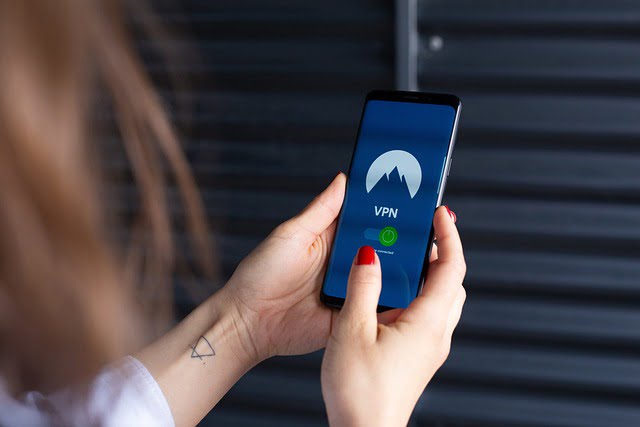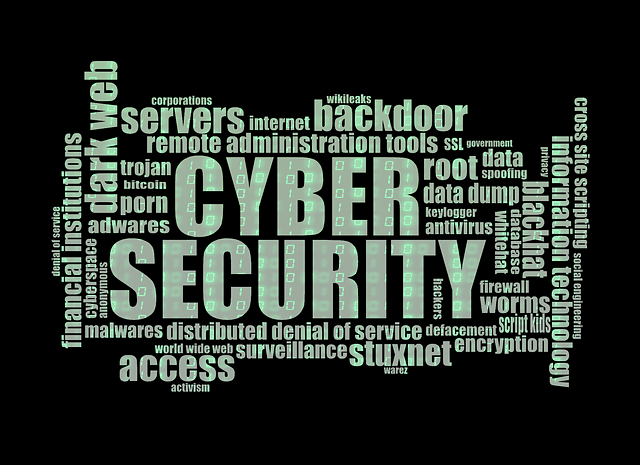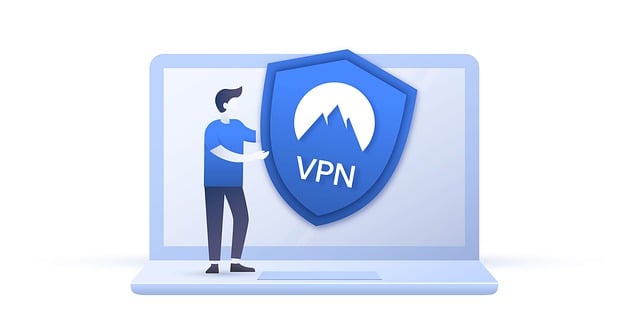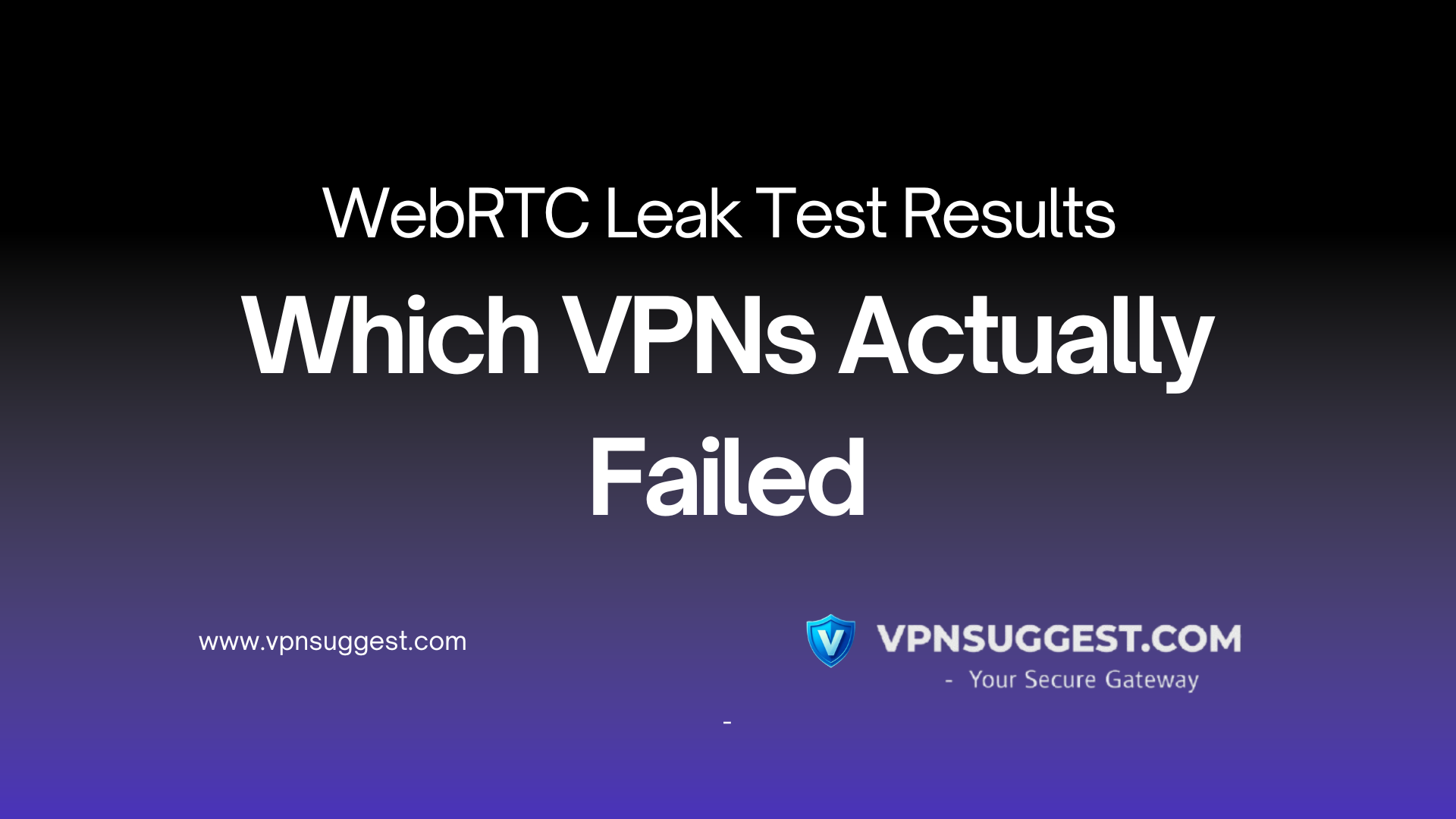How to Detect If Someone Is Using a VPN?

In today’s digital landscape, Virtual Private Networks (VPNs) are increasingly popular. They provide users with enhanced privacy, security, and the ability to bypass geo-restrictions. However, for network administrators, content providers, and businesses, detecting VPN usage is crucial for maintaining security protocols, managing network traffic, and enforcing content restrictions. In this blog post, we’ll explore various methods to detect if someone is using a VPN.
Understanding VPNs
A VPN creates a secure, encrypted connection between a user’s device and a remote server operated by the VPN service. This setup masks the user’s IP address, making it appear as if they are accessing the internet from a different location. While this is beneficial for privacy and security, it can pose challenges for entities that need to know the true origin of the traffic.
Methods to Detect VPN Usage
- IP Address Analysis One of the most straightforward ways to detect VPN usage is by analyzing IP addresses. VPN services often use a range of IP addresses provided by data centers. Tools like IP geolocation services can identify IP addresses associated with these data centers.
- Geolocation Databases: These databases can provide information about the origin of an IP address. If an IP address belongs to a known VPN provider or a data center, it can be flagged.
- IP Blacklists: There are blacklists available that catalog IP addresses commonly used by VPN providers. Regularly updating and cross-referencing these lists can help in identifying VPN traffic.
- Deep Packet Inspection (DPI) Deep Packet Inspection is a sophisticated method that involves examining the data part (and possibly the header) of packets as they pass through an inspection point. DPI can identify VPN traffic by recognizing patterns and protocols commonly used by VPN services.
- Protocol Detection: VPNs often use specific protocols like OpenVPN, L2TP, and PPTP. DPI can identify these protocols, suggesting the use of a VPN.
- Encrypted Traffic Analysis: VPNs encrypt traffic, which can be detected by analyzing the data flow. A high volume of encrypted traffic might indicate VPN usage.
- Behavioral Analysis Behavioral analysis involves monitoring and analyzing user behavior and traffic patterns. VPN users might exhibit distinct patterns compared to regular users.
- Connection Frequency and Duration: Users on VPNs may connect more frequently and for longer durations. Analyzing connection logs can help identify unusual patterns.
- Access Patterns: VPN users might access services and websites from different geographical locations in a short period, which is atypical for regular users.
- DNS and HTTP Headers Inspection VPNs often route DNS queries through their own servers. Inspecting DNS queries can reveal if they are being routed through known VPN servers.
- DNS Requests: Monitor DNS requests and compare them against known VPN DNS servers.
- HTTP Headers: Analyze HTTP headers for inconsistencies. VPNs might use different headers compared to regular ISPs.
- Machine Learning and AI Advanced methods involve using machine learning and AI to detect VPN usage. By training models on large datasets of regular and VPN traffic, it’s possible to identify subtle differences and patterns.
- Traffic Anomalies: Machine learning algorithms can detect anomalies in traffic that may indicate VPN usage.
- Pattern Recognition: AI can recognize complex patterns and behaviors that are typical of VPN usage but may be missed by traditional methods.
Ethical Considerations
While detecting VPN usage can be necessary for security and compliance, it’s essential to consider privacy and ethical implications. Overzealous monitoring can infringe on user privacy and trust. It’s crucial to balance security needs with respect for individual privacy rights.
Conclusion
Detecting VPN usage involves a combination of techniques, from IP address analysis and DPI to behavioral analysis and advanced AI methods. Each method has its strengths and limitations, and often a multi-faceted approach is the most effective. As VPN technology evolves, so too must the methods to detect their usage. Staying informed and adopting a balanced approach ensures both security and respect for user privacy.
By understanding and implementing these detection techniques, network administrators and businesses can better manage their networks and enforce necessary policies without compromising on security or user trust.
Loading newsletter form...






